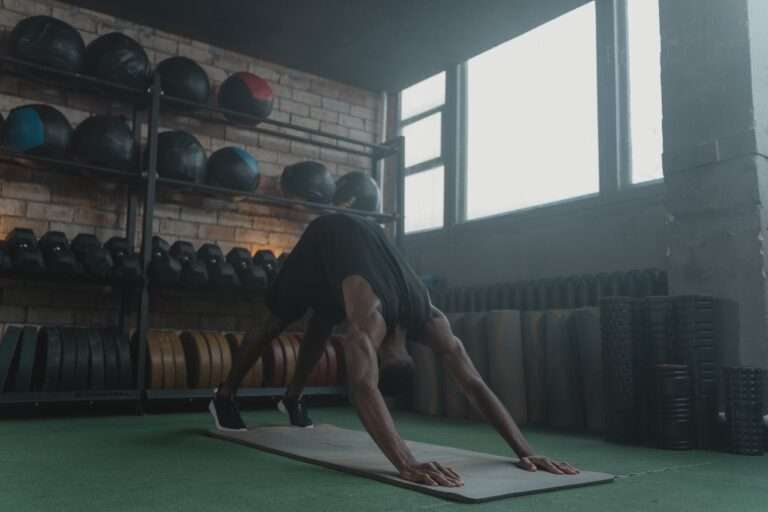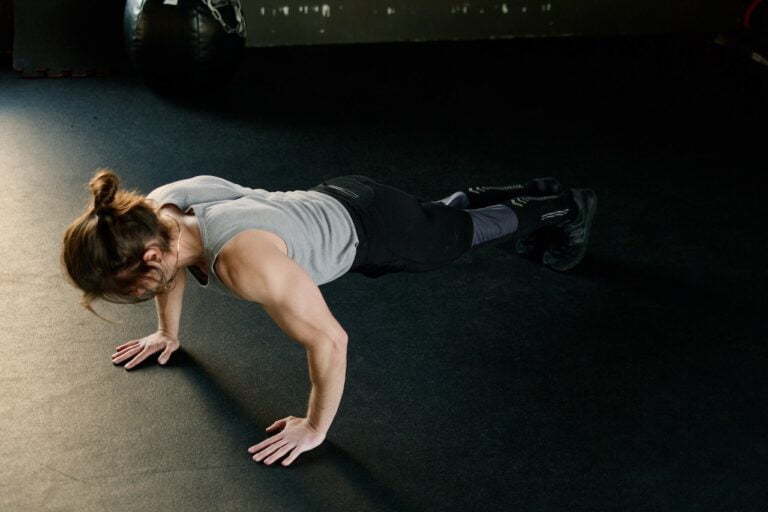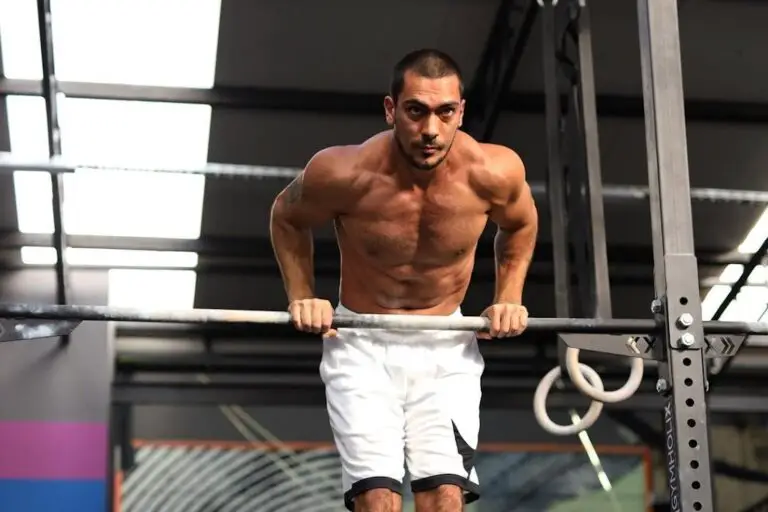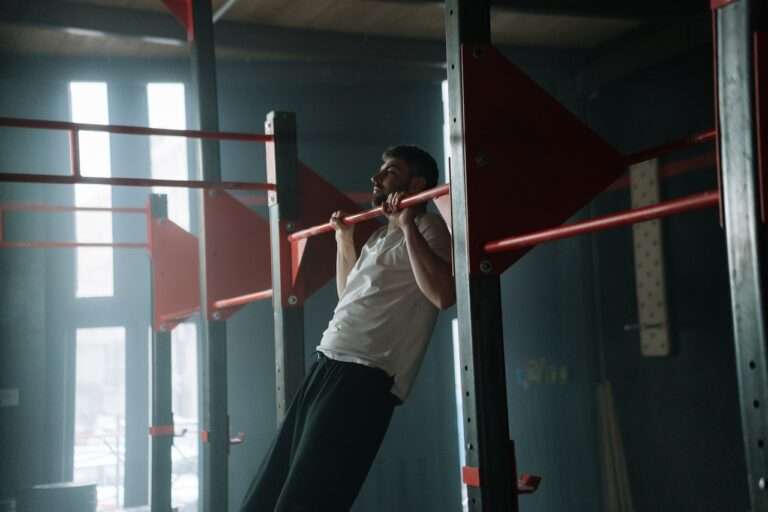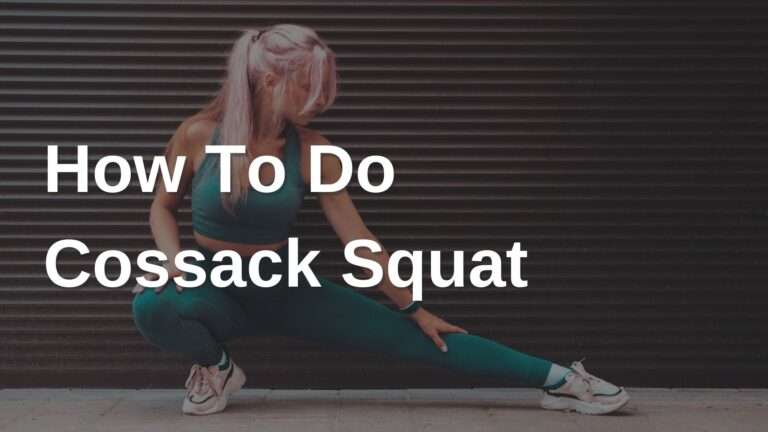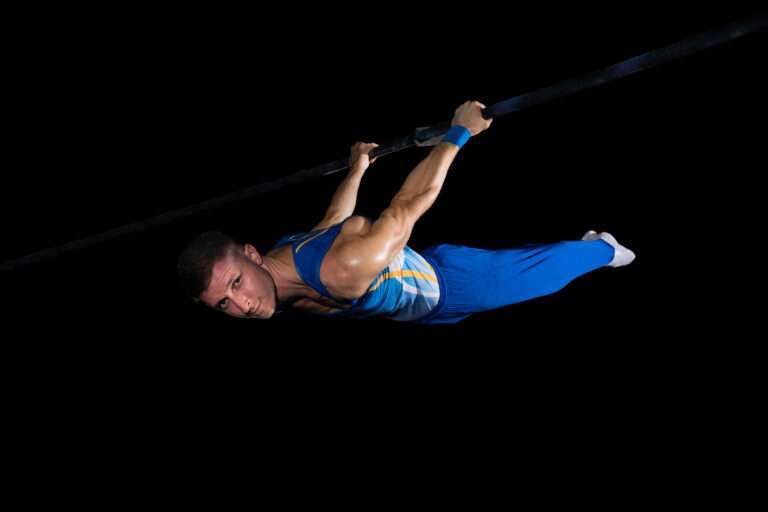Calisthenics Shoulder Workout: 9 Best Shoulder Exercises
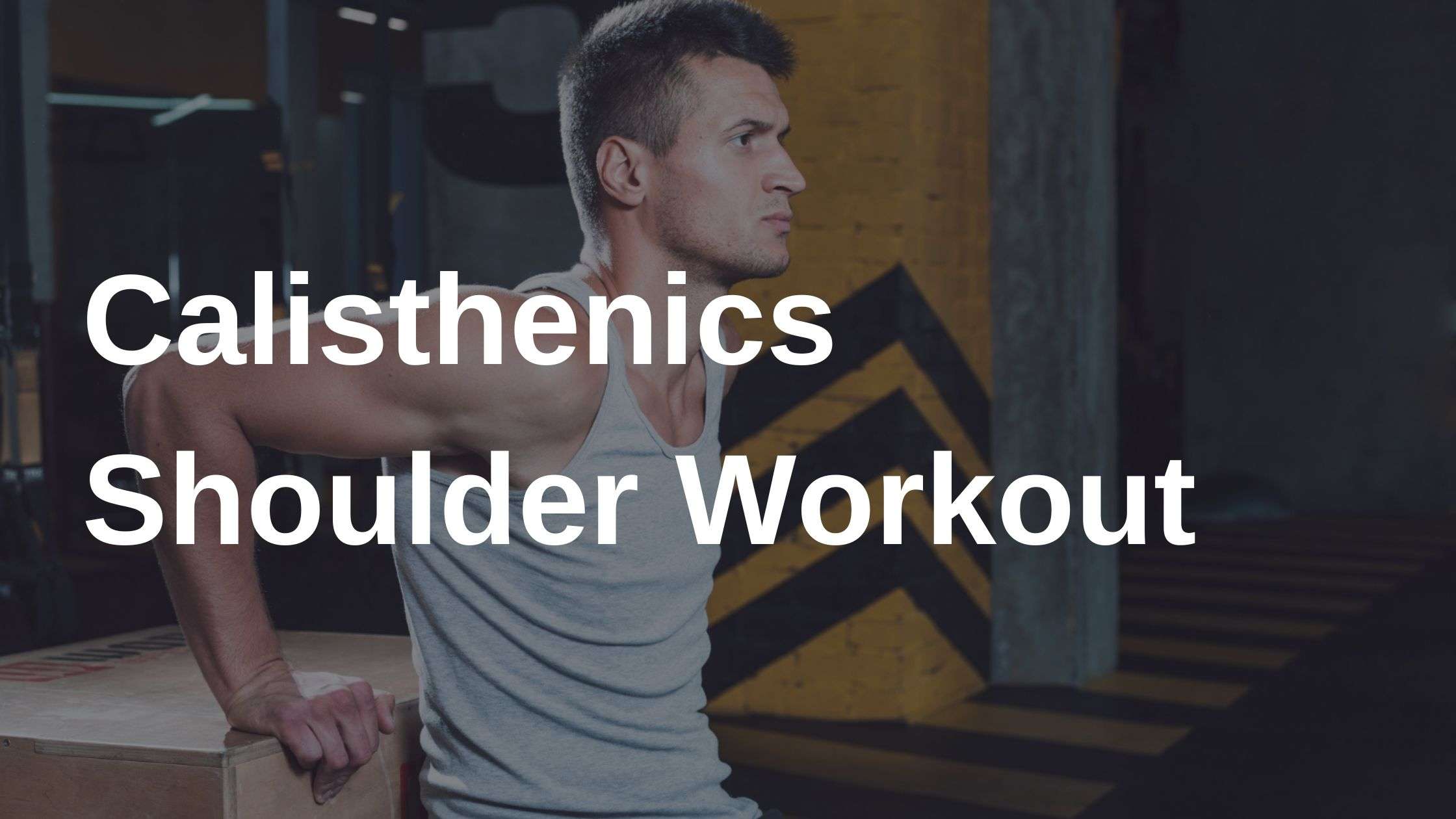
If you want to sculpt your upper body and get those amazing shoulders, you need to try the Calisthenics Shoulder Workout. It’s a secret weapon that many fitness lovers use to get a balanced and powerful physique, without any fancy equipment or machines.
Calisthenics is all about using your own body weight to challenge your muscles and boost your strength. Shoulder strength allows you to do more challenging calisthenics exercises like handstand push-ups, handstand to planch, one-arm handstand and more.
In this guide, we’ll show you different kinds of calisthenics shoulder exercises that you can do anywhere. You’ll learn how to do them and what tips to follow to get the best results.
Whether you’re a beginner or a pro, you’ll find something that suits your level and goals. Let’s get ready to rock your upper body with awesome exercises like Handstand Push-Ups, Dips, and more.
Benefits of Shoulder Workout
Calisthenics shoulder workouts have many benefits for your health, fitness, and appearance. Some of the main benefits are:
They engage multiple muscle groups in your upper body, such as the front, side, and rear deltoids, the upper traps, and the rotator cuff. This helps you develop a balanced and symmetrical physique, as well as prevent injuries and improve posture.
They increase your strength and endurance, as you use your body weight as resistance. Calisthenics exercises have been shown to improve your bench press performance, which is a common measure of upper body strength.
They improve your mobility and flexibility, as you move your shoulders through different ranges of motion and angles. This helps you avoid stiffness and pain in your joints, and enhances your athletic and lifting performance.
They require no major equipment, so you can do them anywhere and anytime. You only need a sturdy object, such as a table, a chair, or a bar, to perform some of the exercises. This makes calisthenics shoulder workouts convenient, accessible, and cost-effective.
Understanding The Shoulder Muscles
The shoulder muscles are a group of muscles that surround and support the shoulder joint, which is one of the most flexible joints in the body. The shoulder muscles allow you to move your arm in different directions, such as lifting, reaching, throwing, and rotating. The shoulder muscles also help stabilize and protect the shoulder joint from injury.
Deltoids: These are the big muscles on top of your shoulders that help you lift your arms up and give your shoulders their shape. They have three parts: the front, side, and back.
Rotator Cuff Muscles: These are four small muscles that wrap around your shoulder joint. They help keep your shoulder stable and let you move your arms in different directions.
Trapezius: This is a big muscle that goes from the base of your skull to your mid-back and across to your shoulders. It helps move and steady your shoulder blades for various movements.
Rhomboids: These muscles are under the trapezius and help pull your shoulder blades together. Strengthening them can improve your posture and shoulder stability.
Pectoralis Major: This is mainly a chest muscle, but it also helps with shoulder movements, like lifting your arms forward or across your body.
Latissimus Dorsi: Another big muscle, it starts from your lower back and goes up to your upper arm. It helps with pulling your arms down and back, and turning your shoulders inward.
Calisthenics Shoulder Exercises
Some examples of calisthenics shoulder exercises are:
Handstand Push-Ups
Description: Handstand push-ups are an advanced bodyweight exercise that primarily targets the shoulders, triceps, and upper chest. This exercise involves supporting your body upside down with your hands on the ground and lowering your head towards the floor before pushing back up to the starting position.
Targeted Muscles: Shoulders, triceps, upper chest, and core.
How-To:
- Start in a handstand position against a wall with your hands shoulder-width apart and your body forming a straight line from your wrists to your heels.
- Lower yourself slowly by bending your elbows until your head almost touches the ground.
- Push through your palms to straighten your arms and return to the starting position.
- Keep your core engaged throughout the movement to maintain balance and stability.
Pike Push-Ups
Description: Pike push-ups are a variation of push-ups that target the shoulders and triceps while also engaging the core muscles. This exercise is particularly effective for building shoulder strength and stability.
Targeted Muscles: Shoulders, triceps, and core.
How-To:
- Begin in a plank position with your hands on the ground slightly wider than shoulder-width apart and your hips raised high in the air, forming an upside-down “V” shape with your body.
- Lower your upper body towards the ground by bending your elbows while keeping your head between your arms.
- Push through your palms to straighten your arms and return to the starting position.
- Keep your core tight throughout the movement to maintain stability.
Dips
Description: Dips are a compound exercise that primarily targets the triceps, chest, and shoulders. This exercise can be performed using parallel bars, dip bars, or even a stable surface like a bench or chair.
Targeted Muscles: Triceps, chest, and shoulders.
How-To:
- Start by gripping the bars with your hands shoulder-width apart and your arms fully extended.
- Lower your body by bending your elbows until your upper arms are parallel to the ground.
- Push through your palms to straighten your arms and return to the starting position.
- Keep your chest up and shoulders back throughout the movement to maximize engagement.
Shoulder Press (Pike Position)
Description: The shoulder press in pike position is an excellent exercise for targeting the shoulders while also engaging the core muscles. This exercise can be performed using bodyweight or with added resistance such as dumbbells or kettlebells.
Targeted Muscles: Shoulders and core.
How-To:
- Begin in a pike position with your hands on the ground slightly wider than shoulder-width apart and your hips raised high in the air.
- Lower your head towards the ground by bending your elbows while keeping your body in a straight line.
- Press through your palms to push your body back up to the starting position.
- Keep your core engaged throughout the movement to maintain stability.
Plank Shoulder Taps
Description: Plank shoulder taps are a challenging core exercise that also engages the shoulders and stabilizer muscles. This exercise helps improve shoulder stability and core strength.
Targeted Muscles: Core, shoulders, and stabilizer muscles.
How-To:
- Start in a plank position with your hands on the ground directly under your shoulders and your body forming a straight line from your head to your heels.
- Lift one hand off the ground and tap the opposite shoulder, then return to the starting position.
- Alternate tapping each shoulder while keeping your hips stable and minimizing rotation.
- Engage your core throughout the movement to maintain stability.
Inverted Rows
Description: Inverted rows, also known as bodyweight rows or Australian pull-ups, are an effective exercise for targeting the muscles of the upper back, including the lats, rhomboids, and traps. This exercise can be performed using a bar, suspension trainer, or even a sturdy table.
Targeted Muscles: Upper back, lats, rhomboids, and traps.
How-To:
- Set up a bar at waist height or use a suspension trainer, and lie underneath it with your feet flat on the ground and your body forming a straight line from head to heels.
- Grab the bar with an overhand grip slightly wider than shoulder-width apart.
- Pull your chest towards the bar by bending your elbows and squeezing your shoulder blades together.
- Lower yourself back down with control to complete one repetition.
Wall Walks
Description: Wall walks are a challenging exercise that targets the shoulders, chest, and core while also improving shoulder mobility and stability. This exercise involves walking your feet up a wall while maintaining a plank position.
Targeted Muscles: Shoulders, chest, core, and stabilizer muscles.
How-To:
- Start in a plank position facing away from a wall with your hands on the ground directly under your shoulders and your feet against the wall.
- Slowly walk your feet up the wall while walking your hands towards the wall, maintaining a plank position.
- Continue walking until your body is in an inverted position with your chest facing the wall and your hands close to the wall.
- Reverse the movement by walking your hands away from the wall and your feet back down to the starting plank position.
Handstand Holds
Description: Handstand holds are a fundamental exercise for building shoulder strength, stability, and balance. This exercise involves supporting your body upside down with your hands on the ground and holding the position for a certain amount of time.
Targeted Muscles: Shoulders, triceps, core, and stabilizer muscles.
How-To:
- Start in a handstand position against a wall with your hands shoulder-width apart and your body forming a straight line from your wrists to your heels.
- Engage your core and press through your palms to maintain balance and stability.
- Hold the handstand position for as long as possible, focusing on keeping your body straight and your shoulders stacked over your wrists.
- Gradually increase the duration of your holds as you build strength and confidence.
Decline Push-Ups
Description: Decline push-ups are a challenging variation of push-ups that target the upper chest, shoulders, and triceps. This exercise involves elevating your feet on a stable surface such as a bench or box to increase the difficulty.
Targeted Muscles: Upper chest, shoulders, and triceps.
How-To:
- Start in a push-up position with your hands on the ground slightly wider than shoulder-width apart and your feet elevated on a stable surface.
- Lower your chest towards the ground by bending your elbows while keeping your body in a straight line.
- Push through your palms to straighten your arms and return to the starting position.
- Keep your core engaged throughout the movement to maintain stability and control.
Sample Calisthenics Shoulder Workout for Beginner
Here are the sample calisthenics shoulder workouts for beginners. however, you can add exercises according to your fitness level and preferences.
Remember to warm up properly before starting the workout and to cool down after the workout.
Focus on controlled movements and proper technique throughout the workout.
Warm-up
Before you start the main exercises, you should warm up your shoulders and joints with some dynamic stretches and mobility drills.
Do some arm circles, shoulder rotations, and scapular shrugs for 30 seconds each.
Main exercises
After you are warmed up, you can move on to the main exercises that will target your shoulder muscles.
You can do these exercises in a circuit, meaning that you do one set of each exercise without rest, then rest for 60 seconds and repeat the circuit 3 times.
- Pike Push-Ups – 3 sets of 8-10 reps
- Dips – 3 sets of 8-10 reps
- Shoulder Press (Pike Position) – 3 sets of 8-10 reps
- Plank Shoulder Taps – 3 sets of 10-12 taps on each side
- Wall Walks – 3 sets of walking up and down the wall for 30 seconds each set
- Handstand Holds – 3 sets of holding for 20-30 seconds each set
- Decline Push-Ups – 3 sets of 8-10 reps
Note:
Add more reps and sets if providing workout intensity is easier for you or include harder variations of exercises according to your fitness goal.
Change exercises and modify workout plan for progressive overload.
Conclusion:
You can develop outstanding shoulder strength and definition with an effective calisthenics shoulder workout. You may perfect the art of calisthenics shoulder training by using a variety of exercises, concentrating on proper technique, and increasing the difficulty of your workouts. To achieve your fitness goals and have those desired strong and sculpted shoulders, keep in mind that consistency and devotion are essential.
FAQs:
Why is shoulder strength important in calisthenics?
Shoulder strength is crucial in calisthenics because it forms the foundation for various exercises, from Push-Ups to Handstand Push-Ups. Strong shoulders enhance stability, allow for smoother transitions between movements, and reduce the risk of injuries, ensuring a well-rounded and effective workout routine.
Can beginners do calisthenics shoulder exercises?
Absolutely! Many calisthenics shoulder exercises can be adapted to different fitness levels. Start with foundational exercises like Push-Ups and Pike Push-Ups. As you progress, gradually introduce more challenging movements like Handstand Push-Ups, adjusting the difficulty based on your capabilities.
How often should I train my shoulders in calisthenics?
Shoulder training frequency depends on your overall workout schedule and recovery capacity. Aim for 2-3 shoulder-focused workouts per week, allowing adequate rest between sessions. Overtraining can lead to injury, so prioritize recovery and listen to your body.
Are there any risks of overloading my shoulders in calisthenics?
Yes, overloading your shoulders without proper form and progression can lead to strains or injuries. Start with manageable variations, and gradually increase intensity over time.
How can I prevent shoulder injuries during calisthenics?
To prevent shoulder injuries, warm up properly before workouts with dynamic stretches and light cardio. Focus on maintaining proper form during exercises.
Can calisthenics shoulder workouts be combined with other exercises?
Absolutely! Incorporate exercises for other muscle groups like legs, core, and back to create a balanced full-body workout.

